
Acute soil loss, desertification
Virtually total forest destruction and massive vegetation losses in the first part of the XX century with subsequent livestock management provoked acute erosion, soil slumping, wind erosion, topsoil wash off and general soil impoverishment in the region. As soil is the basis of the living matter of the biosphere and life starts in soil, the ecosystem could not recover. General trend in the region - desertification (pampanisation), soil destructurisation.
Why we need to stop treating soil like dirt.
“Soil is a precious resource and we can’t afford to lose that much over a human lifetime.”- study
In the project:
Soil profile from a hill in the project → → →
it shows the layer of ash from fires of the last century.
From 1 to 2 m of topsoil were washed off from the hills as from the 1940s.
Like the whole region, the area experienced acute soil loss, aggravated
by intensive strong winds in the valley, generated by the vicinity
of the Northern Patagonian ice field.
Burned in 1939 lengua tree ↑ : this tree did not grow on the rock, it’s roots are normally covered quite deeply by soil. As lenguas (Nothofagus pumilio) grow slowly, it must have been an old tree. At least 2,5 m of topsoil were lost in this case.
Approximately 1.3 x 107 tonnes (calculation very conservative for 1 m layer lost, it was probably closer to 2 m layer) of soil were washed off from the hills to the valley floor only in the project area.
Acute soil loss is visible on the hills, but not as bad as in other places of the region. Landslides, including large ones, are common in the valley. The reforestation programme is helping with controlling erosion.

The soil became an aggravated anthropogenic soil:
compacted, low organic content, vulnerable to drought.
The soil lost its EMs (effective microorganisms), its microbiota
component, and therefore its nutrient capacities.
There are virtually no earthworms in the soil, their functions are partially
replaced by ants, like in dry areas, but they are not efficient in creating the
clay-humic complex.
In winter the soil suffers from needle ice (cryo-expulsion) erosion. → → →
Nearly all vital functions of the soil were affected: support, processing media,
storage, recycling, purification, flow regulation, climate regulation, habitats,
meeting point between the living and the non-living = essential basis of life.
There is a significant amount of sand in the project, sand is not soil.
Soil wash off changed the deltas of rivers and contours of
the lakes of the region. The delta of the largest river near
the project, river Leones, was altered by the millions of tons of soil
the river carried.
Soil restoration actions:
➢ Nutrient immobilisation via first colonisers in reforestation.
➢ Shift from farming animals to growing soil for nature.
➢ Complete removal of cattle and reduction of the number of horses
to two led to elimination of soil microbiota deterioration by chemicals
(antibiotics, antiparasites, pesticides, etc.) used for them.
➢ Use of leaves mash for ice needles.
➢ Bacteria and microbes inoculation, using the science of
Metagenomics - the microbes run the world.
➢ Avoiding the use of dangerous herbicides for the control
of invasive species.
The positive aspect: The land has no potential that is in competition with restoration and conservation: the soil is too poor and eroded for agriculture, grazing cattle or sheep is too damaging for the land; there are no trekking possibilities the area being too unattractive due to its degraded state.
As to the soil restoration, the LDN (land degradation neutrality) concept is used, given that baselines are not feasible.
Challenge: Soil protection is not anchored in national legislation, no integrated policy on soil preservation or restoration.
Further reading on regional soils : in Publications.
Potential for regenerative (≠ organic) agriculture : www.soilheroes.com.
Global soils underpin life but future looks ‘bleak’, FAO report.
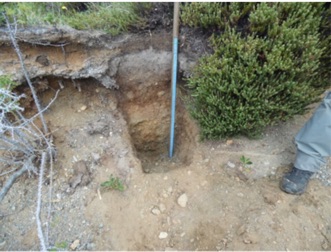
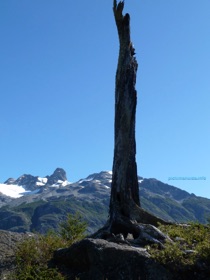
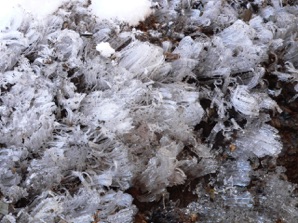
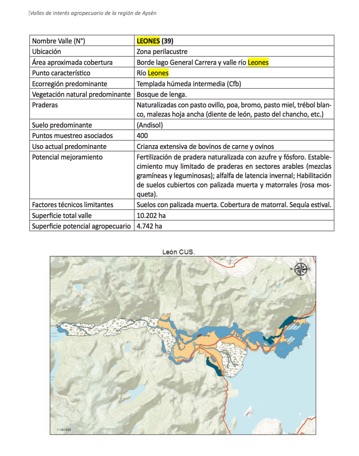
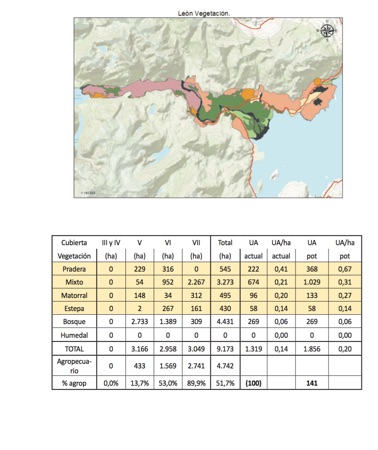
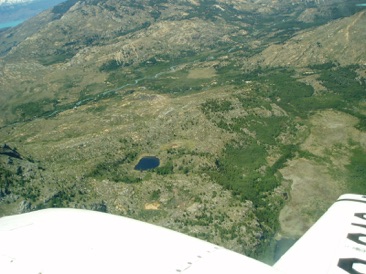
Project area: bare rock, result of soil loss

Delta of the Delta (Leones) river
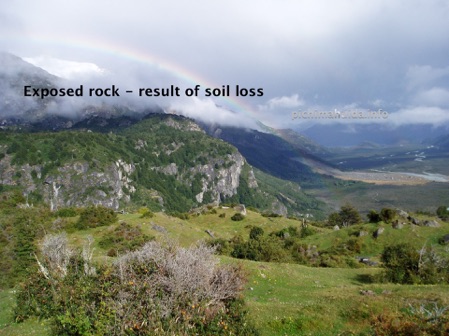
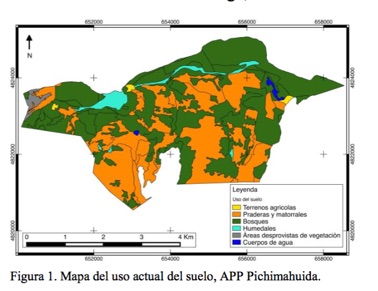
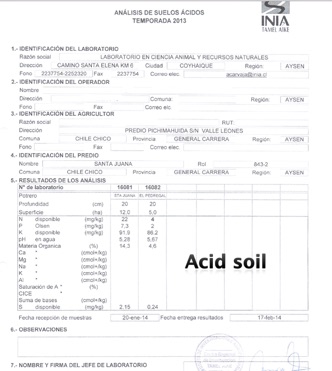

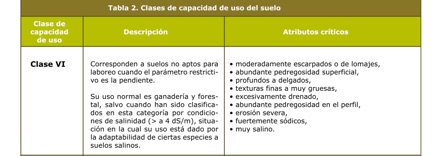
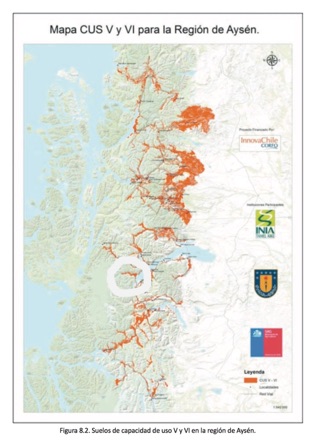

Ant
Land use in the valley is use of soils of VII - VIII national categories = dryland soils (de secano)
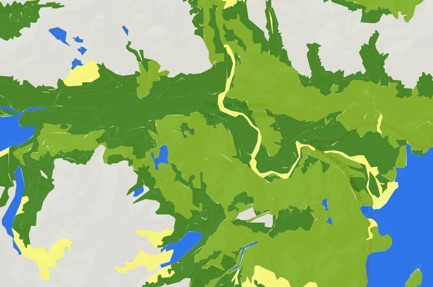
Source: SINIA.
Soil use in the valley.



Soil is an irreplaceable living organism, a live non-renewable resource
